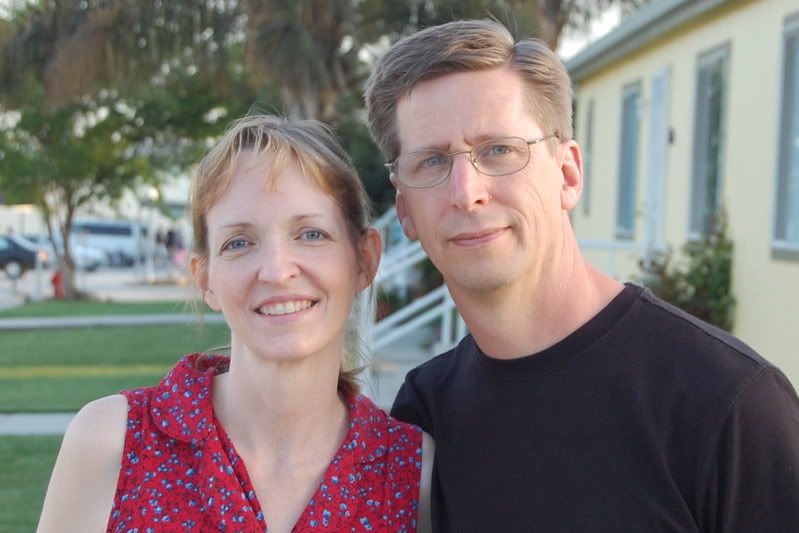YES LIST
Meat, vegetables, eggs, cheese, cream, seeds, nuts (some walnut and pecans are ok, but cashews and peanuts are not if more than a small hand full are eaten).
GREY ZONE
Tomatoes, carrots, onions (Ok, if eaten raw or lightly steamed on salad or side dish but not tomato paste or juice, nor bowl of cherry tomatoes. No onion rings or cooked carrots).
NO LIST
Fruit, potatoes, corn, beans, milk, juice (of any kind), protein powders*, grains (wheat, oatmeal, bran, smelt, any flour even low carb flour: a GRAIN is a GRAIN is a GRAIN and are almost all fast acting carbs). (* Check labels, you can find very low carb protein powders, just don't assume all are low carb)
Hard alchohols are fine: vodka, rum, whiskey, gin, etc. without added sugar. Dry wines are fine, but not sweet wines. Beers are a no, even low carb ones.
Just eat real food. Read ingredient labels and don't go by what's written on the front of a package. There is no such thing as low carb or no carb gum or candy. You have to have a carb to get it to stick together. Fat and protein alone just won't work.
Okay, so that is the list he gave us. Yet, as time goes on, I am finding there are a few things that are not on the list that are okay. Liquid Splenda is allowed as a sweetener, such as in products like Da Vinci Syrups or Sweetzfree. Dry/powdered Splenda on the other hand, has malodextrin added, which is just regular sugar and will raise blood sugar levels and if you are using a lot of it, will totally sabotage your weight loss success. Dr. Bernstein writes:
Powdered Artificial Sweeteners
At this writing, several artificial sweeteners are available. They are available from different manufacturers under different names, and some, such as Equal and Sweet’n Low, can have brand names under which more than one form of sweetener is sold. Here, to simplify your shopping, are acceptable products currently and soon to be available:
saccharin tablets or liquid (Sweet’n Low)
aspartame tablets (Equal, NutraSweet)*
acesulfame-K (Sunette, The Sweet One)
stevia powder or liquid (stevia has not been approved in the European Union)
sucralose tablets (Splenda)
neotame (newly approved by the FDA)
cyclamate tablets and liquid (not yet available in the United States)
* Many Web sites falsely perpetuate the myth that aspartame is toxic because its metabolism produces the poison methanol. In reality, one 12-ounce can of an aspartame-sweetened soft drink generates only ½5 as much methanol as does a glass of milk.
These are all noncarbohydrate sweeteners that vary in their availability and can be used to satisfy a sweet tooth without, for the most part, affecting blood sugars. But when sold in powdered form, under such brand names as Sweet’n Low, Equal, The Sweet One, Sunette, Sugar Twin, Splenda, and others, these products usually contain a sugar to increase bulk, and will rapidly raise blood sugar. They are all orders of magnitude sweeter tasting than sugar. So when you buy them in packets
and powdered form, with the exception of stevia, they usually contain about 96 percent glucose or maltodextrin and about 4 percent artificial sweetener. If you read the “Nutrition Facts” label on Splenda, for example, it lists, as such labels must, ingredients in order from most to least: dextrose (glucose), maltodextrin (a mixture of sugars), and finally sucralose.Most powdered sweeteners are sold as low-calorie and/or sugar-free sweeteners because they contain only 1 gram of a sugar as compared to 3 grams of sucrose in a similar paper packet labeled “sugar.” More suitable for diabetics are tablet sweeteners such as saccharin, cyclamate, and aspartame. As noted above, the same brand name can denote multiple products: Equal is a powder containing 96 percent glucose and also a tablet containing a minuscule (acceptable) amount of lactose. Sweet’n Low powder is saccharin with 96 percent glucose. Stevia powder and liquid (sold in health food stores) contain no sugar of any kind and only minute amounts of carbohydrate.
And, about how packaging doesn't always tell us the whole story:
So-Called Diet Foods and Sugar-Free Foods
Because U.S. food-labeling laws in the recent past have permitted and thus encouraged products to be called “sugar-free” if they do not contain common table sugar (sucrose), the mere substitution of another sugar for sucrose has permitted the packager to deceive the consumer legally.Most so-called sugar-free products have been, for many years, full of sugars that may not promote tooth decay but most certainly will raise your blood sugar. If you’ve been deceived, you’re not alone.
I’ve been in doctors’ offices that have candy dishes full of “sugar-free” hard candies for their diabetic patients! Sometimes the label will disclose the name of the substitute sugar.
Here is a partial list of some of the many sugars you can find in “sugar-free” foods.
All of these will raise your blood sugar.
carob
honey
saccharose
corn syrup
lactose
sorbitol
dextrin
levulose
sorghum
dextrose
maltodextrin
treacle
dulcitol
maltose
turbinado
fructose
mannitol
xylitol
glucose
mannose
xylose
molasses
Some, such as sorbitol and fructose, raise blood sugar more slowly than glucose but still too much and too rapidly to prevent a postprandial blood sugar rise in people with diabetes.
Other “diet” foods contain either sugars that are alternates to sucrose, large amounts of rapid-acting carbohydrate, or both. Many of these foods (e.g., sugar-free cookies) are virtually 100 percent rapidacting carbohydrate, usually flour, so that even if they were to contain none of the above added sugars, consumption of a small quantity would easily cause rapid blood sugar elevation.
There are exceptions:
• Most diet sodas—with some glaring exceptions, so always check nutrition labels and look for 0 under carbohydrate;* so-called sugar-free Slice contains 40 percent “natural fruit juice”
• Sugar-free Jell-O brand gelatin desserts—the ready-to-eat variety, not the powdered mix (see page 157)*
• Da Vinci brand syrups (see page 155)
All of these are made without sugar of any kind. These you need not restrict.
Keep in mind that even if you are NOT diabetic, but are doing low carb for weight loss, that the same principals apply. The same carbs that make a diabetic have high blood sugars are the same carbs that make us fat. So, it will only benefit your weight loss success to be aware of how carbs may still be sneaking into your mouth, even when you thought what you were eating was "safe".
Well, that is probably enough for everyone to "chew" on , ha ha, for today.
All information from Dr. Bernstein is found at http://www.diabetes-book.com/


3 comments:
Before I got to the end I was thinking "Wow, that is alot to chew on!" lol
Thanks for sharing all this info Jerri. In your other post you said you now weigh 117...My senior year I dropped to 117 after my jaw was wired shut...at 5'8". Thinking that's not likely to happen again, nor for me should it really.
Okay I'll be processing all this in my dreams. haha
G'nite. :)
Hey I have a question - what supplements do you take, i.e. vitamins, etc, to make this no fruit diet healthy?
Jerri, I started checking the labels on some of the things I am using right now. I switched from fat free half & half to whipping cream. The whipping cream had 1g carbs and in reading closer, it had a sugar in it. One of those -ose ones. So, today when I was at Costco I bought heavy whipping cream which has no sugars in it. Boy is my coffee going to taste great. Maybe I'll have a cup of decaf tonight while preparing for science.
Also, Costco did not have the book. It was The Sugar Solution that they had there. Bummer!
Post a Comment